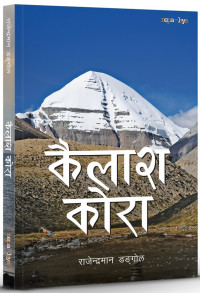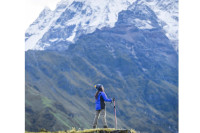Travel
An exciting escapade
There was a natural juxtaposition right in front of our eyes. The sight of endless concrete lay lifeless far below on one side. On the other, the greenery of the hills was full of life and hope.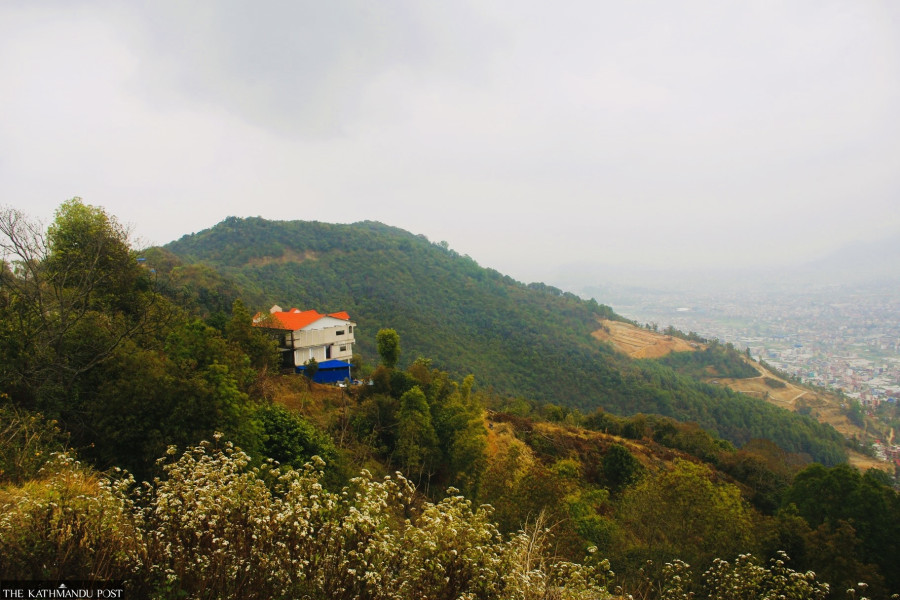
Mimamsha Dhungel
I awoke last Monday with a rush of both thrill and excitement. After all, it had been about six months since my previous walk, a class hike in Aanbu Khaireni, Tanahun. I got out of bed, yawning and peered out the window. The sky appeared dreary, as if an irate painter had splattered his black paint all over his unfinished picture. I promptly looked at the weather forecast, and the rain warnings only added to the gloom.
I sluggishly approached my mother and said, “Aama, I think we should skip the hike today.” She was already dressed for hiking, much to my surprise, with a pink cap on her head, athletic clothing, and comfy shoes by her side. My mother is an endearing woman. The bad weather did not prompt her to abort our plans and stay home. Instead, she insisted that the climb would take place that day regardless of how lazy I was.
Our goal was to make it up to the summit and reach the Kalu Pandey Memorial Park, Indrathan. We started our walk from Ghatte Danda, Dahachowk, from 9am in the morning. We got some chocolates, cold beverages, and crackers to give us the energy boost needed for the hike. The weather was not ideal when we set out; the sky was menacing, threatening us with a downpour, the hills were forlorn, and our spirits were low. As we continued walking, the sky began to clear, and we could see the valley shrinking as we ascended. We could see the concrete houses of Kathmandu diminishing like lego pieces 40 minutes into the hike.
We had hiking trails ahead of us that led straight uphill–my mother and I were already panting, our faces flushed and exhausted. We took short rests and sipped cold drinks to refuel our batteries. It took over an hour for the skies to clear and reveal the true colours of the landscape. The vista was reminiscent of a historical picture due to the azure sky, emerald hills, and brown hiking routes. You could also see a triptych of clouds, hills, and a cityscape.
As we continued walking, we noticed a small boy coming down from the hills. Contrary to the breathless mother-daughter duo, he was clothed in a school uniform and full of energy. The young guy wore a blue shirt and a yellow topi, he looked shy when I approached him. “Bhai, where do you live?” I asked. “Indrathan,” he replied, pointing his hands to the top of the hill.
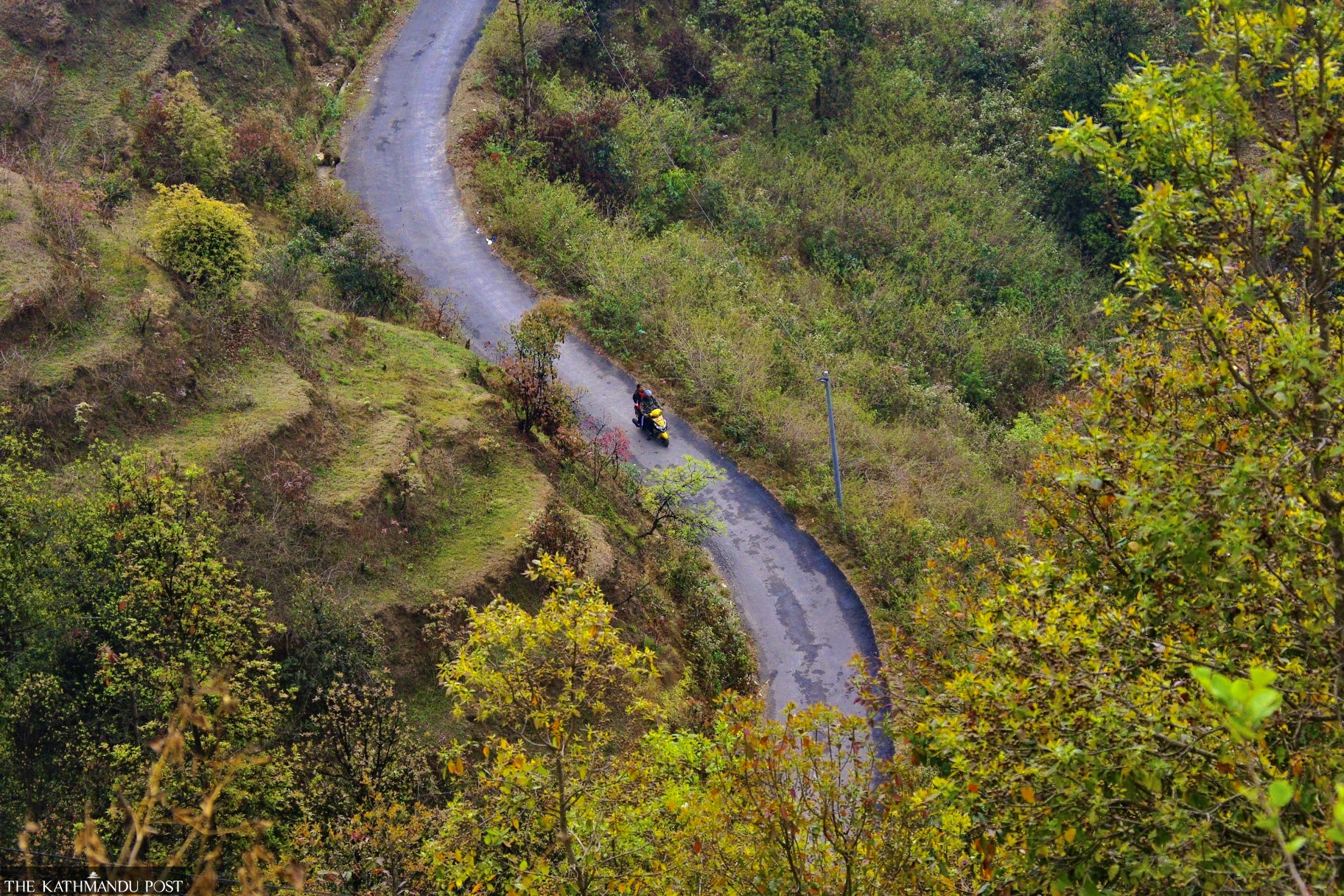
I couldn’t talk to him long since he ran late for school. Yet, I learned that he walked to school every day, all that distance, with no trace of frustration or misery on his face. The tiny kid left ample morning motivation to continue the hike with fire and passion. This, accompanied by my mother’s sarcasm, was enough for me to push myself into finishing the hike.
The villages were sparse, and we did not come across many villagers. The path uphill was interspersed with small traditional houses. There weren’t many shops or eateries along the way either. As our energy levels dropped, we relied on the snacks that we had carried on our way.
The hike provided a break from the city’s buzz and bustle. I felt liberated and happy—high up, away from all the commotion below.
We had a better glimpse of the Chandragiri forest to the South as we went along the track. The dwindling range of hills in the west were breathtaking. There was a natural juxtaposition right in front of our eyes. The sight of endless concrete lay lifeless far below on one side. On the other hand, the greenery of the hills was full of life and hope.
Our path was lined with an abundance of white wildflowers. With their pleasant smell, it felt like wandering through a curated garden. “This is the smell of nature, the aroma that reminds me of my childhood,” my Aama would say as she sniffed the air.
We arrived at a peculiar place named Kuiro Danda, which was enveloped in Kuiro, a blanket of fog. The view reminded me of the album cover for Taylor Swift’s ‘Folklore’–a melancholic trance where the tall Salla trees floated in the dejected fog. For around 10 minutes, we could see nothing except the faint silhouettes of the trees.
After a while, the fog dissipated in the blink of an eye, and what we saw next was straight out of a movie poster. The auburn brown soil against the lush green trees and wildflowers everywhere reminded me of ‘Alice in Wonderland’, except none of it was imaginary.
The weather threw us another curve ball on our approach to Indrathan, where the ancient Kalu Pandey Memorial Park awaited. By the time we reached the top of the hill, it was dark again, with a chilling wind blowing from all sides. We were simply crossing our fingers that it wouldn’t rain until we finished the hike.
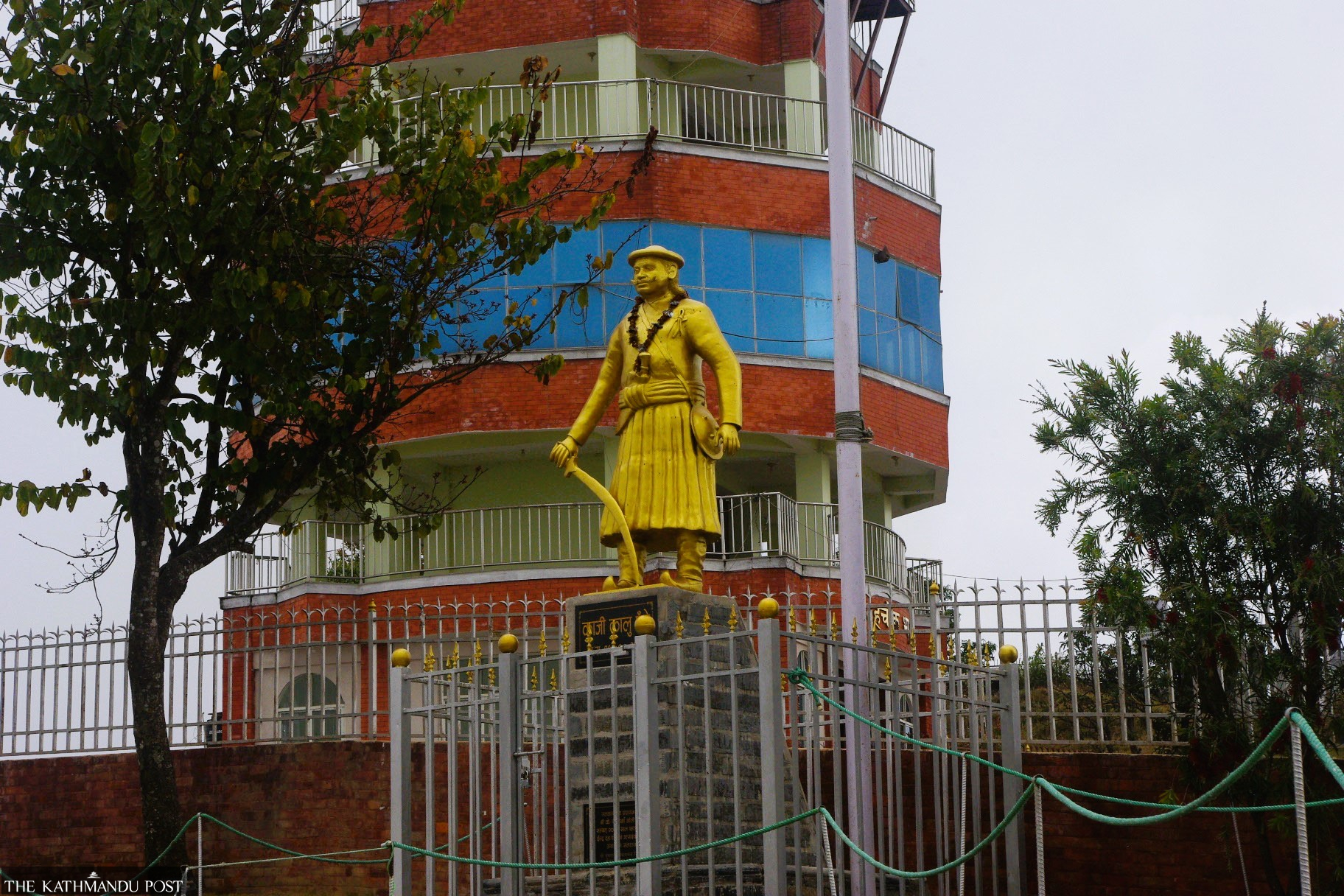
The burial ground and memorial park dedicated to the legacy of Kaji Kalu Pandey has gained popularity in recent years due to its historical significance.
Vamshidhar Pandey, also known as Kalu Pandey, was a military general and statesman from Nepal who served as the Kaji of the Gorkha Kingdom. According to historical records, he was the commander of Gorkhali forces during the Nepali Unification War and was killed in the opening battle of Kirtipur. Locals believe that the park is a manifestation of Kaji Kalu Pandey’s wish to be buried in a place from where he could see the Kathmandu Valley, the Nuwakot Durbar and Gorkha. In accordance with his wishes, there is a stone sculpture of his that looks far and wide from atop the hill. Sadly, we were unable to view Gorkha, which is supposedly visible from the park, because of the fog.
The Manakamana Temple is located near the memorial park. “The real Manakamana Temple is in Gorkha, but those who cannot travel to Gorkha to offer prayers can come to pray at our temple,” explains Pradhan Thapa, a villager. “Prithvi Narayan Shah brought stones from Gorkha to build this temple. It is a replica of the Manakamana Temple in Gorkha,” he said.
We also went to the Indradaha, a historical pond that residents claim dates back centuries. Legend has it that Lord Indra bathed in this pond with his elephant. The pond is also famous for the Indradaha bathing fair, held every year on Bhadra full moon day (sometime during September) in Dahachowk. Thousands of enthusiasts travel long distances to attend the fair.
We visited these mythological, cultural, and historical sites, which were all within walking distance of one another. We peered through Nagarjun municipality on our way back. We had to take a tea break since the cold was becoming intolerable. Gulping warm tea while admiring the picturesque view of the hills was exquisite.
On our way back, we stopped by Switzerland Park, which I thought was overrated. The park had nothing remarkable aside from broad open expanses ideal for picnics. On our way back, the trail felt fairly steep. If your shoes do not have a decent grip, one slip and you will undoubtedly tumble into the cliff.
My Aama was pumped about the hike until the very end. It seemed as if I had brought a child on their first adventure. She would dance around, ask me to take pictures of her and enjoy every moment of the hike. It felt great to spend time with her in the midst of nature. On our way back, we passed by rhododendron trees, blooming in full red splendour.
The walk ended in Balambu, an ancient Newa village with antique Newa dwellings, temples, patis, and pauwas. The hike concluded around 1pm. If you walk without taking breaks, you will finish the hike even faster. I can’t wait to discover the next hiking trail near Kathmandu with my dear Aama. I’m glad I didn’t let my laziness get the best of me and went hiking that day. This hiking trail is an undiscovered gem in the western outskirts of Kathmandu.
Much to my astonishment and relief, it began raining as soon as I entered my room. Perhaps, like Paulo Coelho suggested, the entire universe conspired to ensure that I completed the hike, and believe me, it was all worthwhile.




 5.47°C Kathmandu
5.47°C Kathmandu
